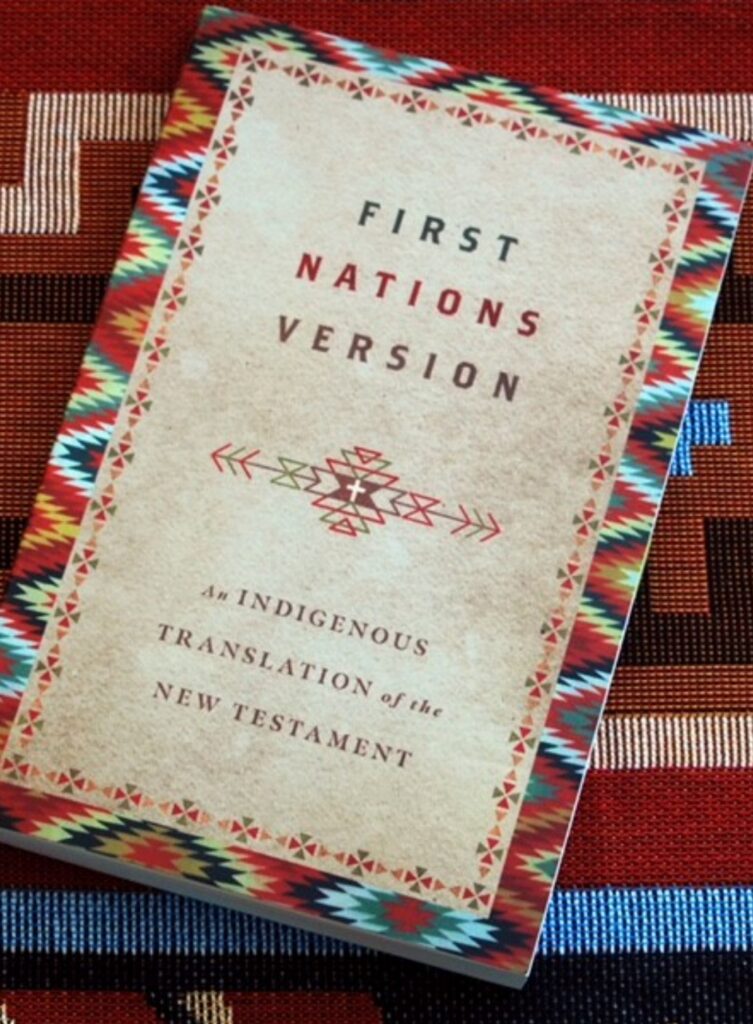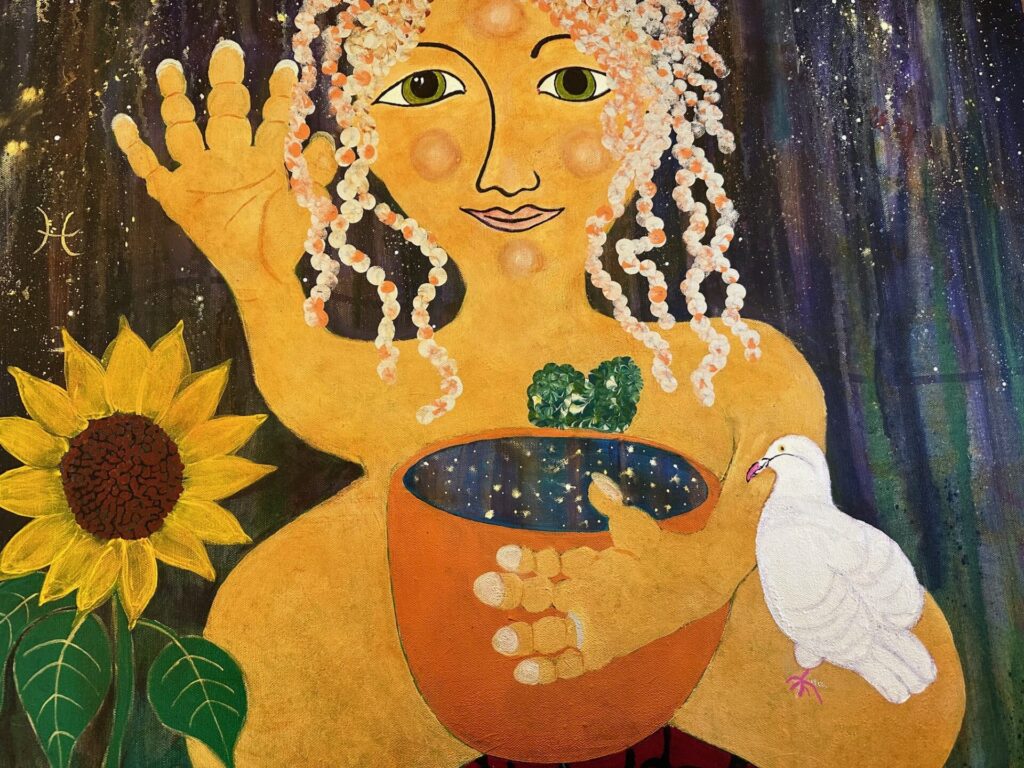You guessed it!
Not a creature was stirring… not even a mouse. (Blessed be!)
Instead there is paint drying, which is always a hopeful sign. In this case, a dove, needing quite a bit of adjustment. One layer at a time!
There is broth bubbling on the stove and a veggie experiment waiting in the wings. We are, however, without baskets and bunnies, though there is really dark chocolate!
Our kids have made it safely home from Spring Break in Columbia. The country… not the Seminary! (Hallelujah!!!)
In the way-back days, I used to think Easter meant Mom making dresses and insisting that jelly beans – especially the black ones – were utterly essential. Yuck! (Which I wasn’t allowed to say…)
Then, I learned a lot more stuff, and Easter felt more like a Divine gift for having survived Lent and Palm Sunday and Holy Week and an extra service or two for the big day… all in shoes that hurt. And, ironically, it often seemed like the story of that first Easter got lost in all the hullaballoo.
Lately, I’ve learned some more stuff… much of it having to do with realizing that the “point” of any story has a great deal to do with the vested interest of the particular tellers of the story, through the ages.
Then, on Friday evening, I heard a version of the Easter story I’d never heard before, thanks to my enlightened Canadian buddy, Natalie Moyes. I’m so hoping you’ll listen deep!
Early on the first day of the week, Strong Tears (Mary) from Tower of Creator’s High Lodge (Magdala) came to the burial cave early in the morning while it was still dark. When she saw the stone had been removed from the burial cave, she ran to find Stands on the Rock (Peter) and He Shows Goodwill (John), the much-loved followers of Creator Sets Free (Jesus).
-John 20:1-2, FNV

Time out for tissues and one of my favorite bits of wisdom from Frederick Buechner:
That sudden flash of tears is the surest sign of truth we get!
And, yes, wise reader… it’s a filter thing!
To make space for the notion that an unaccustomed voice might shine new light on an old story…
A voice aiming to make the circle bigger, rather than smaller. To be open to new language and names and possibilities…
Which, when you get right down to it, seems a lot like the point!
In a moment, I’ll add the info Natalie sent me about the FNV or First Nations Version in case you’re curious.
For now, though, a question:
How do we BE wonder and hope and good news in this world, now???
Here’s one of the ways I’m working on exactly that!

She’s not quite finished yet, but agreed to show up… complete with the dove who landed on her knee, right after Natalie read me the words from the FNV Easter Story. (Really!)
Officially, she’s the alchemical being arising from the journey I’m leading, known as …
Oh, I See… Consciously! The path from “If only…” to “I am!”
We’re about to conclude this first adventure and I’m already shaking the calendar for the next right time. You can read all about it here!
Think of it as some very cool learning, and help creating your very own Alchemical SuperPower Self Portrait to guide you on your path.
ps… if you just can’t wait for the next group to begin, I have space for 3 brave individual adventurers! (suesvoice@gmail.com)
pps… here’s more of the story on the FNV reading…
In 2021, a group of Indigenous clergy, scholars, church leaders and members, published a new translation of the New Testament, called the FNV or First Nations Version. The group consists of individuals from a range of denominations and Indigenous nations in both Canada and the United States. As the quotation above from the Gospel of John reveals, the FNV is not a literal translation of the New Testament but a “thought-for thought translation, sometimes referred to as dynamic equivalence” [1] as the Indigenous group explains in an introduction to the text. They make an effort to write with a story-telling cadence, familiar to Indigenous readers. Throughout the translation, insertions may be found that help elucidate the text (such as by the bracketed inclusion of more familiar Biblical names) but also to provide contextualized information for Indigenous readers, such as may be found in other Bible translations that employ headings, footnotes, and marginal notes to aid the reader. There’s even a very brief summary of the Old Testament written in similar style to the main translation which is included as a prologue. Importantly, the authors emphasize that the FNV is not only commended to the use of Indigenous Christians but to all members of the Christian community who they hope will find the FNV insightful and enlightening in their own study of holy scripture.

